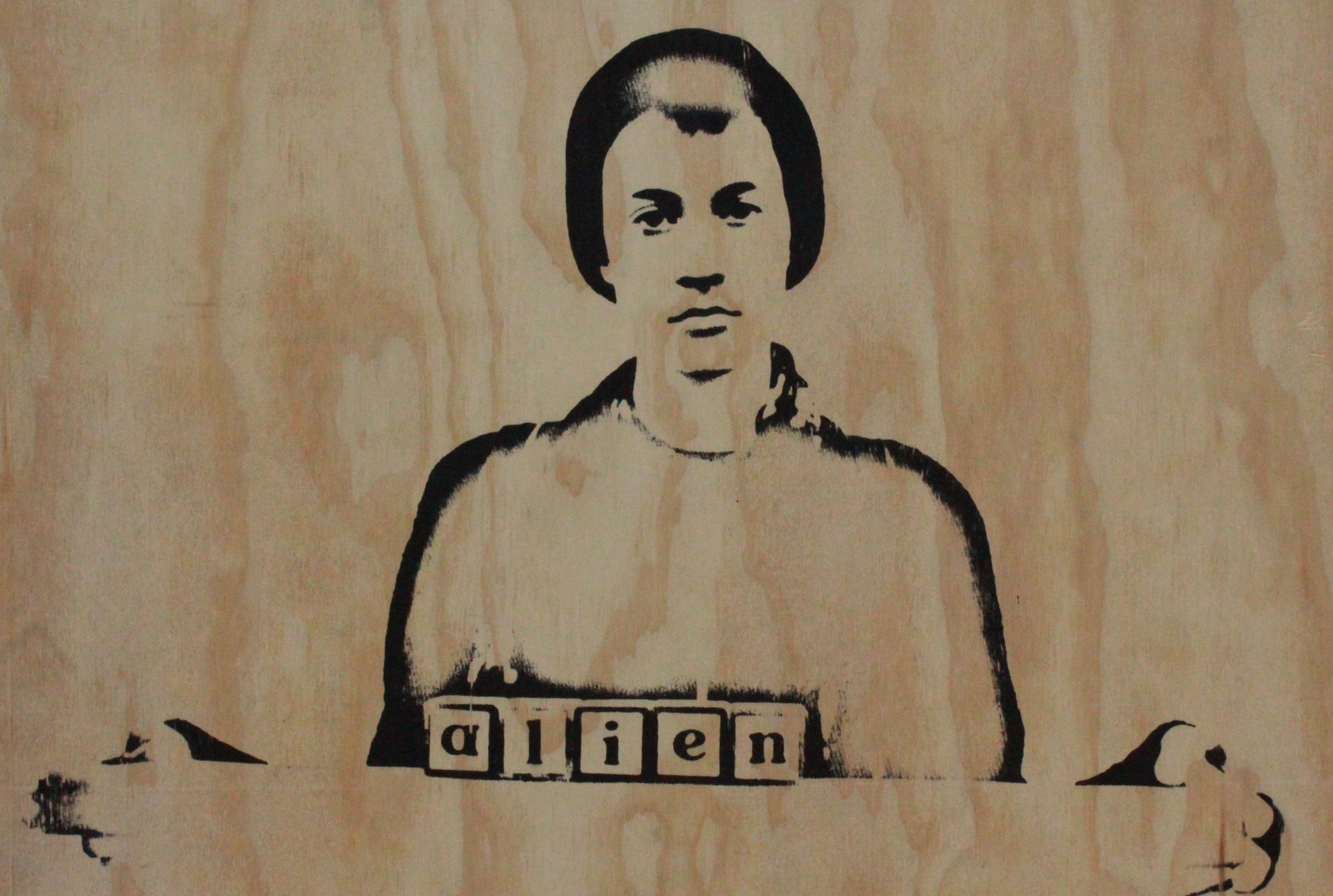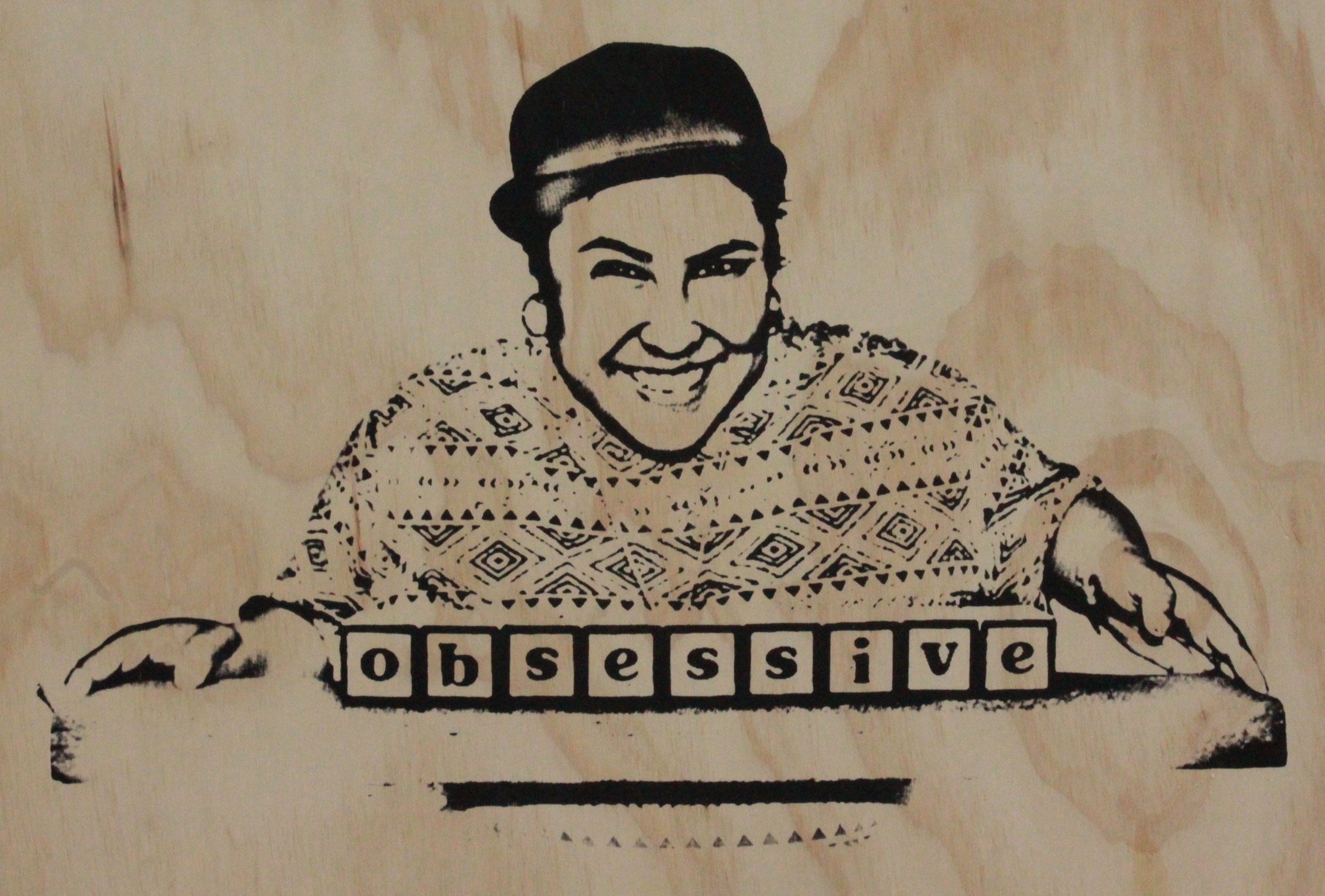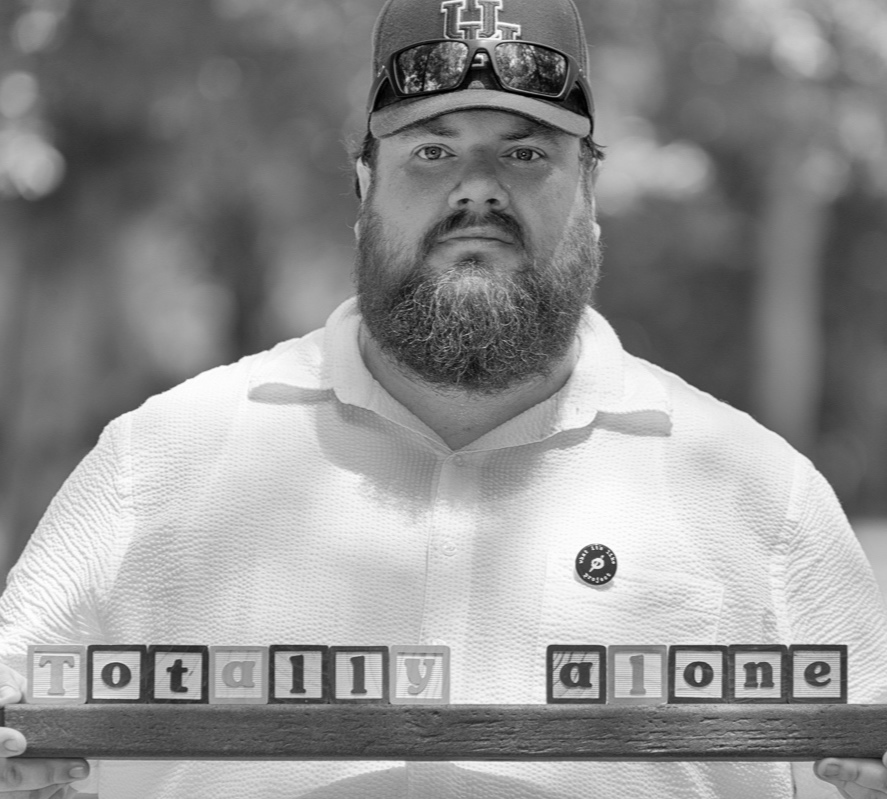MISSION STATEMENT
What it’s Like Project is a 501(c)(3) nonprofit organization dedicated to removing mental health stigma through the arts, education and community engagement.
VALUES & PRINCIPLES
Awareness, activism, empowerment, healing, unification, and creativity are essential elements that resonate within our society. People consistently find significant value in their journeys through self-expression and the transformative power of expressive arts. The invisible and often unspoken emotions and experiences can effectively be communicated through a variety of unique forms of self-expression. In this intricate process, a meaningful link is created between the observer and the artist, fostering a deeper understanding. Our collective unification and enhanced understanding aid in connecting individuals living with mental health disorders to their peers as well as to the broader community, cultivating a supportive network.
ORIGIN OF THE PROJECT
In early 2016, Nikki Hune attempted suicide. After her attempt, she sought mental health treatment. With little relief from intrusive thoughts of suicide, she made the choice to fully engage with these thoughts rather than to avoid them. As an artist and musician, she also began seeking abstract freedom through her own artistic expression. After experiencing a novel form of relief from suicide-related thoughts, she began encouraging artistic expression for those who suffer with their mental health in the Houston, TX community.
Nikki’s vision was to create a nonprofit that engaged society in the experience of “what it’s like” to experience diverse mental health symptoms. She teamed up with Cailey Baker and Andrew Robinson who had similar experiences to begin the groundwork. Jeff Thompson, Misty Cooper, Jackie Foster, and Edward Odom were then recruited to comprise the founding team of the What it’s Like Project. After the overwhelming success of the first two events, EXPOSIS and VOXIS, Justin Anderson, Jose Cortes, Jennifer Van Antwerp, Dan Workman, and Rafael Rojas joined the team to expand the possibilities for What it’s Like Project.
RESEARCH
Research has found that expressive art provides individuals the valuable opportunity to become active participants in their own treatment and empowers people to use their imagination in both productive and corrective ways. Whether through various forms such as art, play, music, movement, enactment, or creative writing, expressive therapies stimulate the senses and thereby ‘sensitize’ individuals to previously untapped aspects of themselves (Gladding, 1992). As a result, a facilitation of self-discovery, meaningful change, and personal reparation emerges in response to these creative activities (Malchiodi, 2005). Given these significant findings, What it’s Like Project plays an essential role in the lives of many individuals who are encountering mental health difficulties. Our organization holds a supportive and nurturing space for people to craft and share their unique creativity with others while engaging in their own personal journeys of self-discovery.
References
Gladding, S. (1992). Counseling as an art: The creative arts in counseling. Alexandria, VA: American Counseling Association.
Malchiodi, C. A. (2005). Expressive therapies: History, theory, and practice. New York, NY: The Guilford Press.



